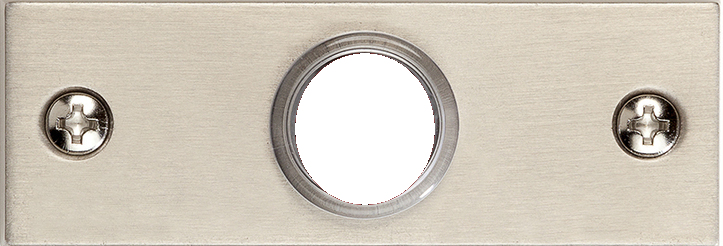From Cibernética Americana
|
|
| Line 6: |
Line 6: |
| | } | | } |
| | </script> | | </script> |
| | + | <style> |
| | + | .darkClass |
| | + | { |
| | + | background-color: white; |
| | + | filter:alpha(opacity=50); /* IE */ |
| | + | opacity: 0.5; /* Safari, Opera */ |
| | + | -moz-opacity:0.50; /* FireFox */ |
| | + | z-index: 20; |
| | + | height: 100%; |
| | + | width: 100%; |
| | + | background-repeat:no-repeat; |
| | + | background-position:center; |
| | + | position:absolute; |
| | + | top: 0px; |
| | + | left: 0px; |
| | + | } |
| | + | </style> |
| | <div style="background-color: black; width: 92%;"> | | <div style="background-color: black; width: 92%;"> |
| | <div style="position: relative; top: 10px; left: 35px;"> | | <div style="position: relative; top: 10px; left: 35px;"> |
Revision as of 22:49, 4 February 2019
|
2019-02-04 Update
Effectively, "PHP CMS" here means { Drupal, Mediawiki, WordPress }. Below is mostly 2011 or earlier.
About CMS and what you need to support your web in general ....
A PHP Content Management System (CMS) such as Joomla or Drupal¹ provides a backend for your web. C5, Typo3 are among others². Many modern programming languages have applications that more or less fit in this category and my experience and practice are not limited to PHP but this page is. Why PHP? See 4.
See also cmsmatrix.org, a comparision site.
Hosting, Performance, Development, and Maintenance
Performance is largely a function of your hosting (more...).
Monthly support provides a basis for development and maintenance (more...) .
The Look and Feel of Your Site
CMSes generally come with some theming mechanism and numerous have pre-prepared publicly available free and priced ones that can be used. In practice, if you want high-end custom look and feel developed for your app/site, you will need to hire a graphic artist/design shop for that. You can probably save yourself time and money by nailing down the software first. See also UI/UX Resources.
How long and How much?
The standard enterprise business case is for AKPMSPRNT to implement a core metaphor base C-六 app in DS but something with WP may be done in a couple of days. See the Rate Chart.
Is there one you are committed to maintaining?
Yes, C-六 integrates CodeIgniter, Drupal6/7, Magento and arbitrary other PHP packages as FLOW3 packages in my framework.
|
¹ I've used both in paid workA, B, C. The Typo3 site has a cogent graphic of the whole CMS space and here is a link to a a CMS evaluation procedure.
² Each, however, has its strengths and weaknesses. WordPress is (2013-Q2) a blogging package rather than a general purpose CMS but a blog is content it or TextPattern are great for brochure sites. Joomla/Mambo and Drupal are the most popular general PHP CMSes.
C5 is WYSIWYG using jquery AJAX and has a decent core design. The last I counted there were at least a 100 PHP CMSes alone.
³ Concrete5 and others state that they will not support IE6. I may do so however, I don't here in my domains but client work is different. Safari 3 or better should be on any Mac, I was just late in upgrading.
4 No reason, I can work with web packages in Java, Smalltalk, .Net, Lisp, Haskell, and Ruby, but this page oriented to the PHP market. See also Encyclopaedia Galactica.
|
 秦
秦 咷语
咷语 